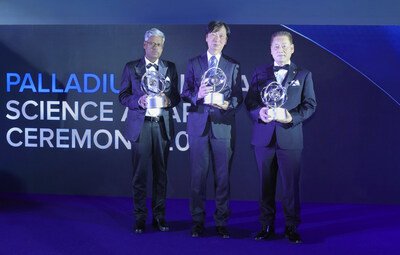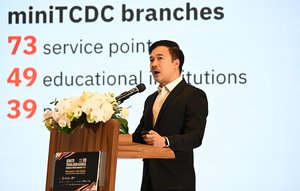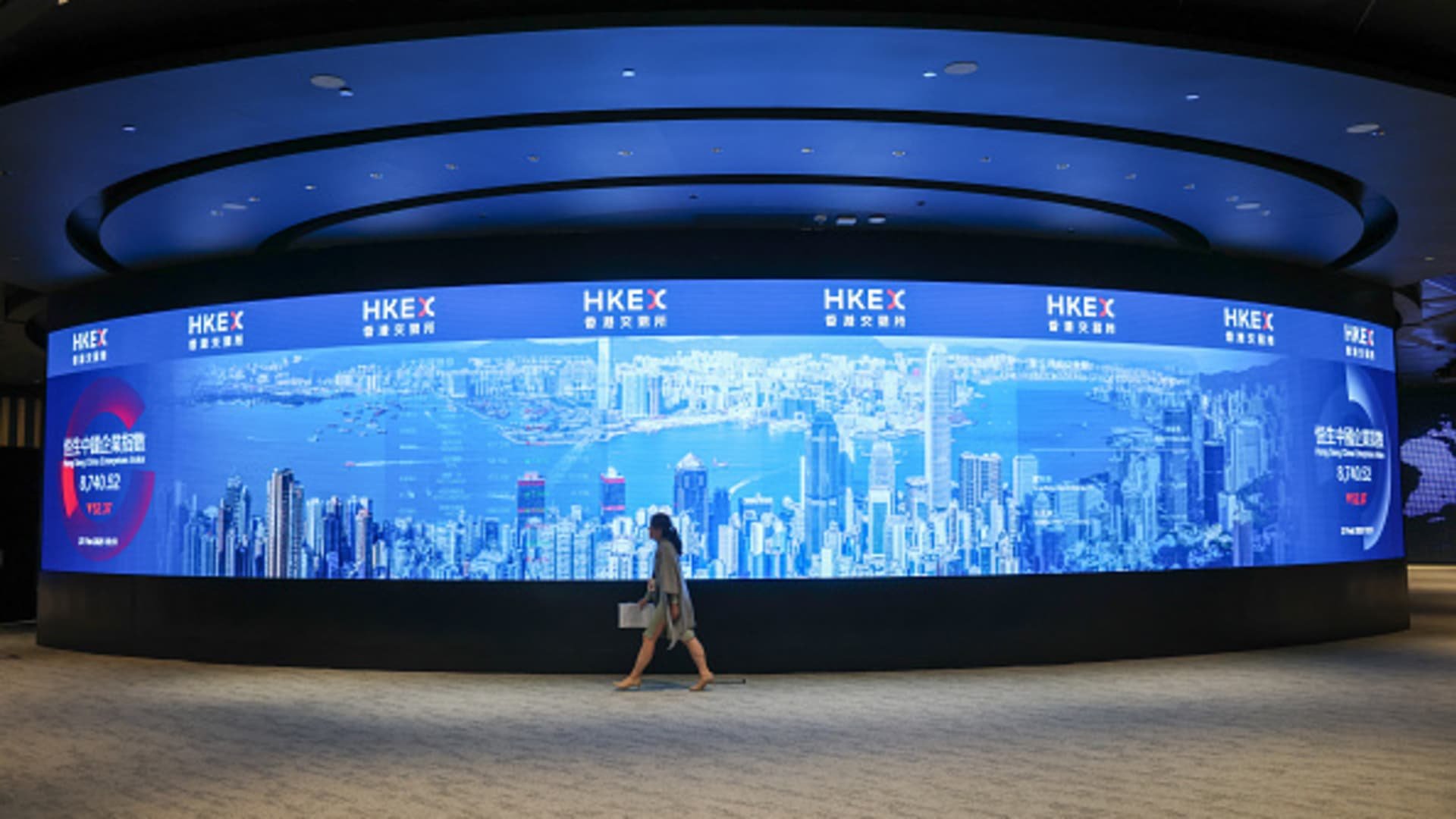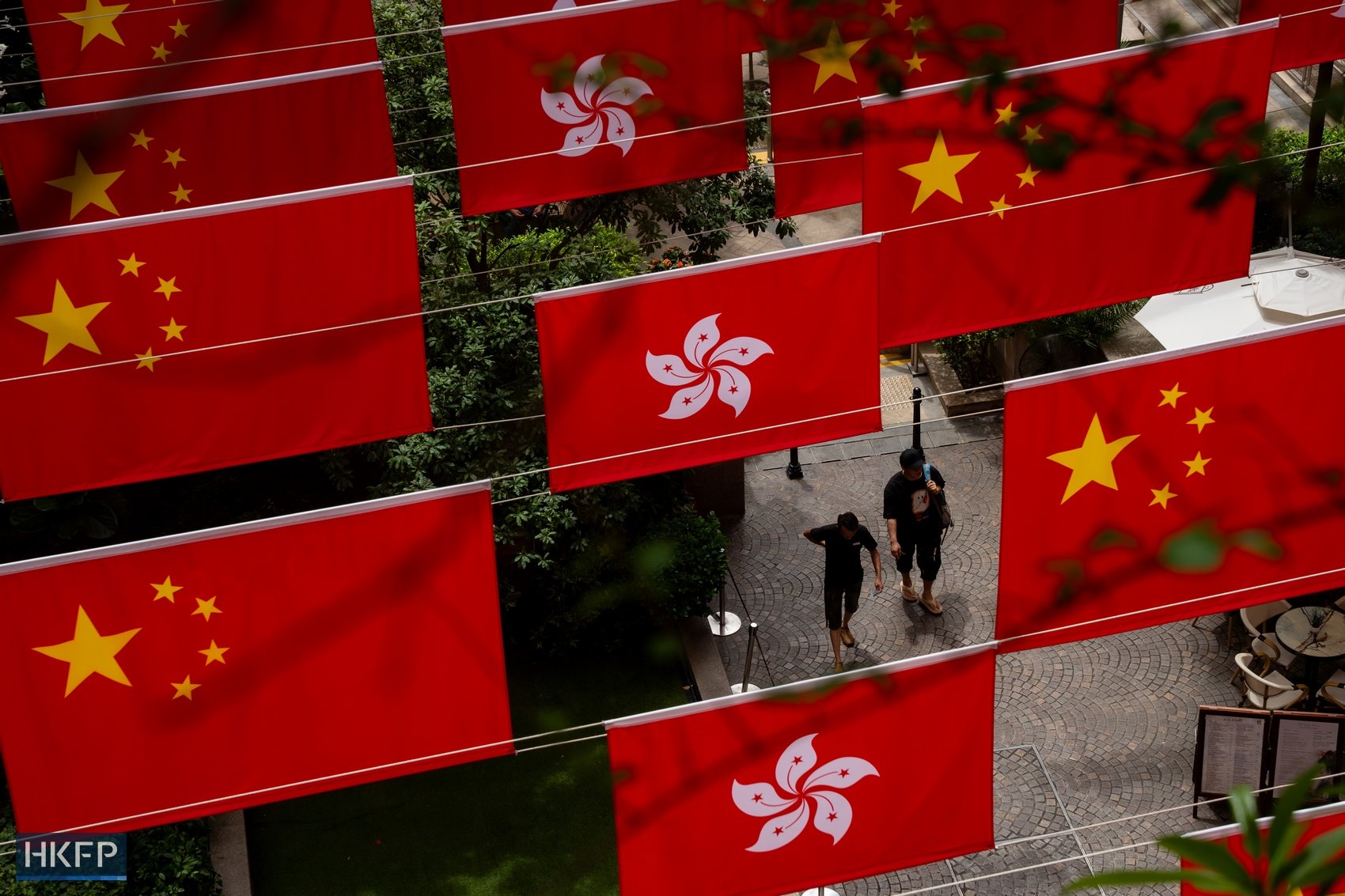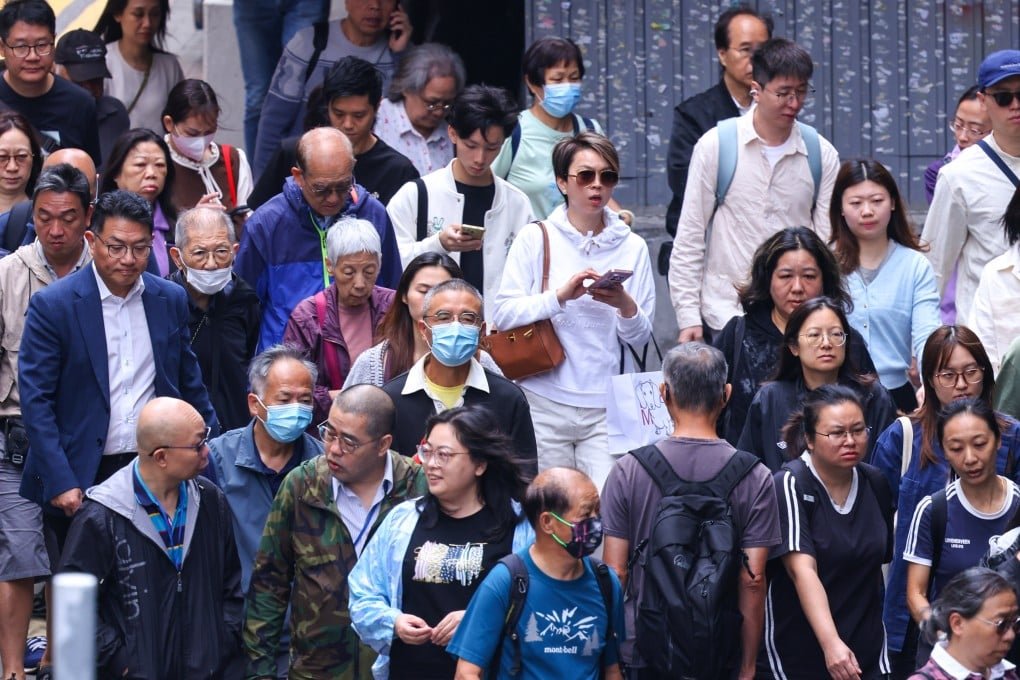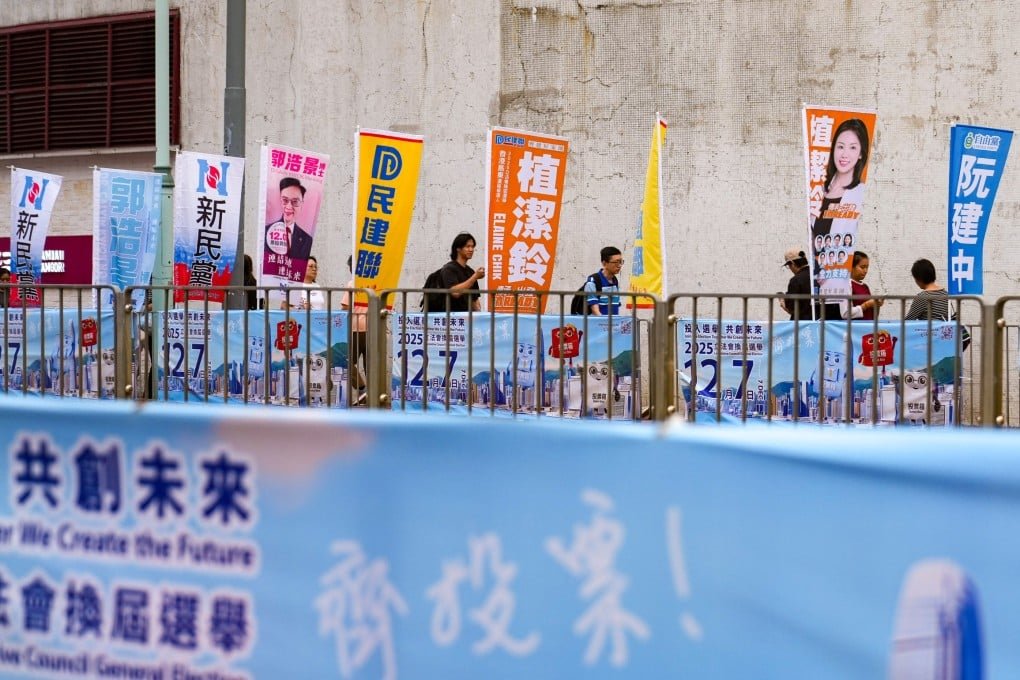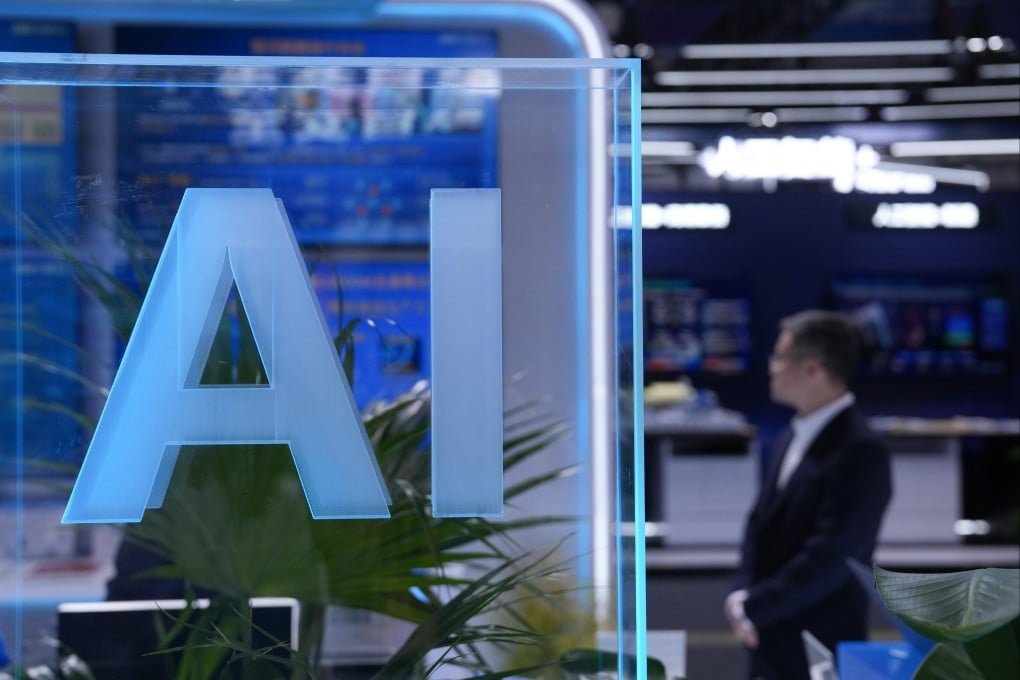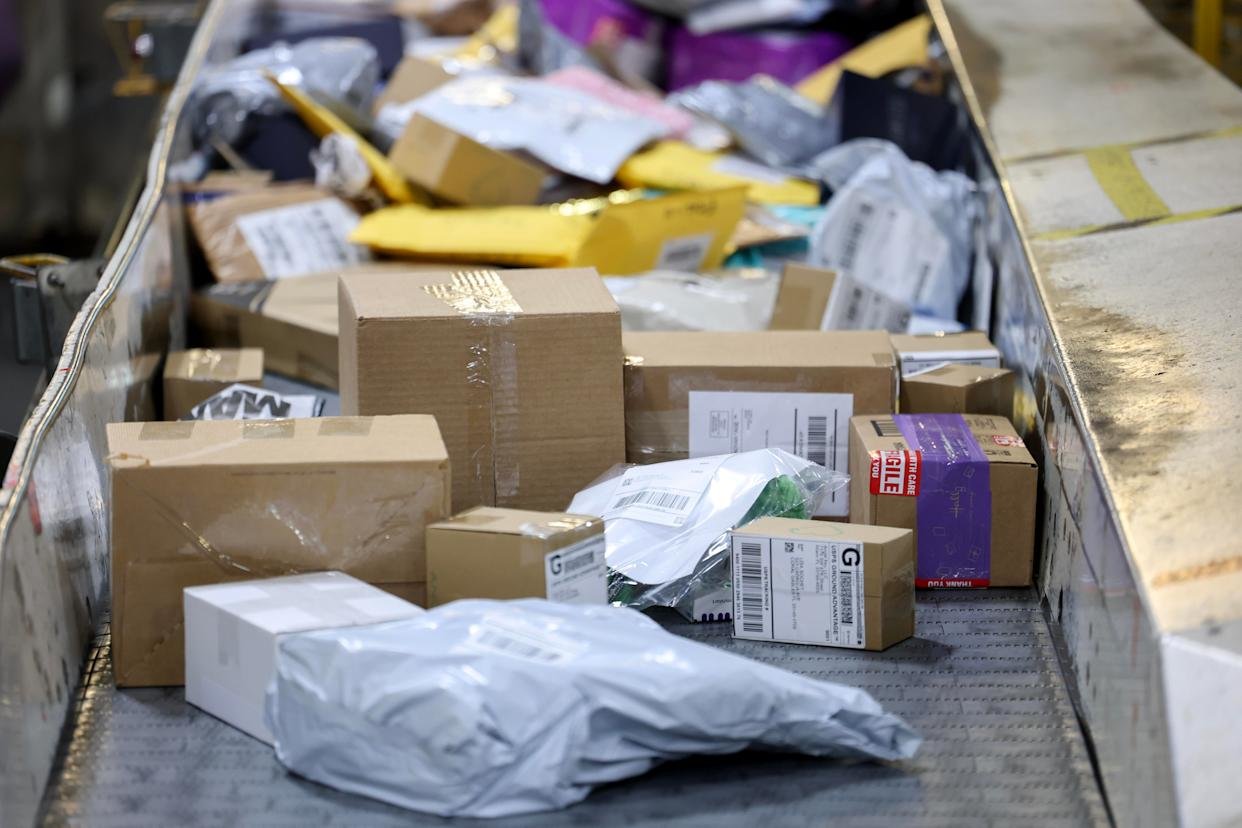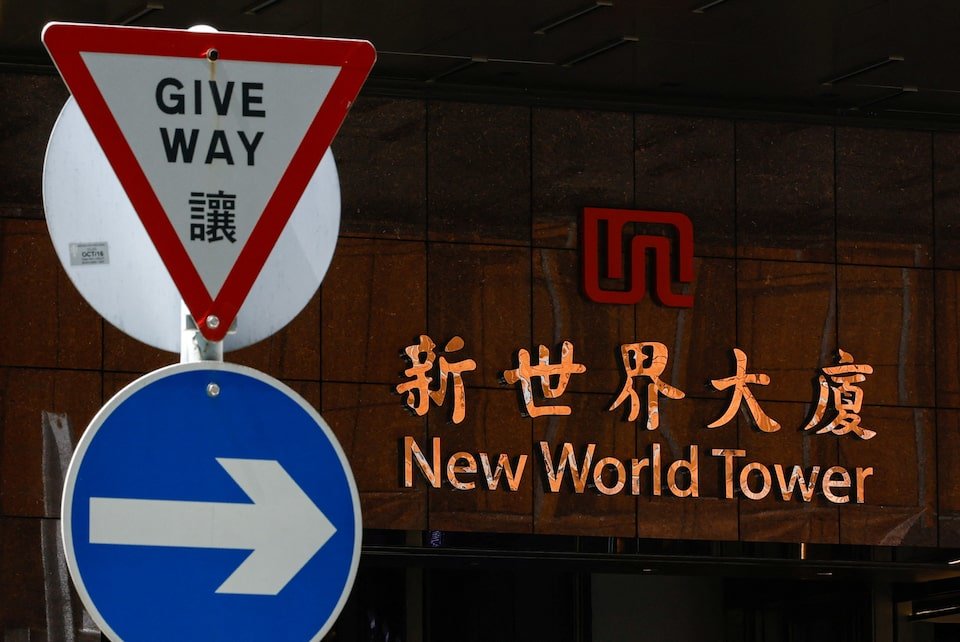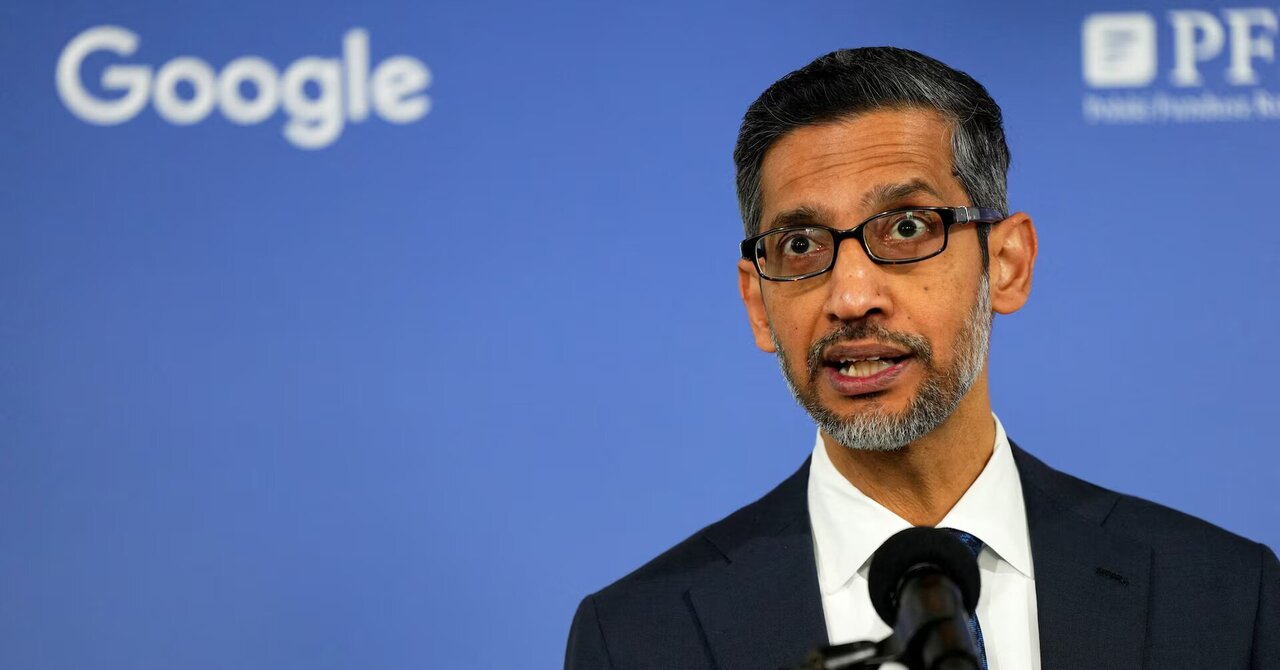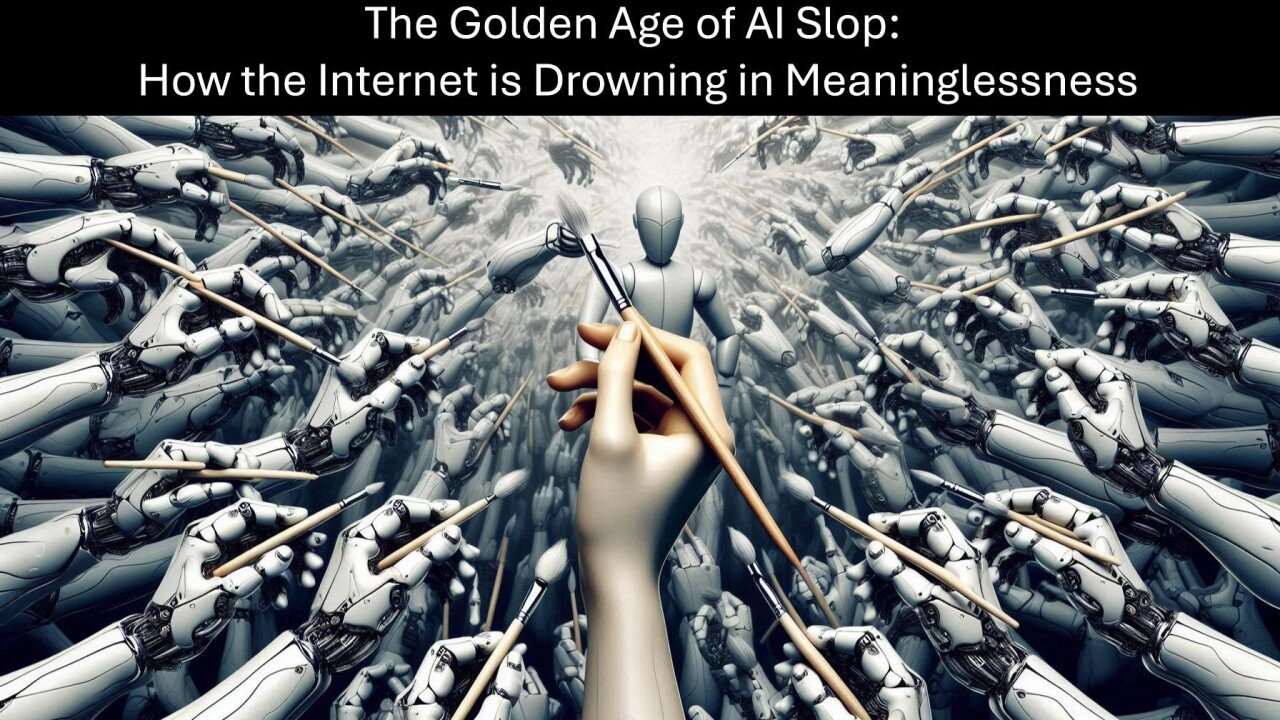But despite their high-profile meeting in Busan, South Korea, three weeks ago, the two sides continue to present markedly different versions of what was agreed.
Scott Bessent, the US Treasury Secretary, said the United States expects to finalise a deal on rare earth minerals with China by next week’s Thanksgiving holiday, noting that China had agreed to issue “general licences” and make large soybean purchases.
However, China has offered only broad statements and has not publicly confirmed the specific commitments cited by Washington.
A shared joint document or press release remains elusive; analysts say the absence of a signed text amplifies the mistrust between the two governments.
One key source of divergence is the US claim that Chinese export controls on rare earths will be lifted, while Beijing has delayed implementation and refrained from validating Washington’s timelines.
Washington’s urgency reflects the strategic stakes: rare earth elements are critical for US industries ranging from electric vehicles to defence.
A deal would ease pressure on supply chains and signal tangible progress under Trump’s leadership.
China, by contrast, appears to be guarding its negotiating flexibility, unwilling to lock itself into public commitments.
Experts say the discord over public messaging, internal coordination and what constitutes a binding commitment highlights unresolved structural tensions underpinning the truce.
The possibility of missing the Thanksgiving milestone is seen as real, given the uncertainty around export licences, verification mechanisms and whether US firms will regain full access to Chinese supplies.
As both capitals race toward the holiday deadline, attention will turn to whether a formal deal will be signed and how its implementation is monitored.
For now, the truce remains fragile, underscoring that the handshake photo between Trump and Xi was only the first step in a far more complex negotiation.
The outcome will test not only the metal flows and farmer exports, but the credibility of the reset effort itself as the United States and China navigate a broader, competitive economic relationship.



